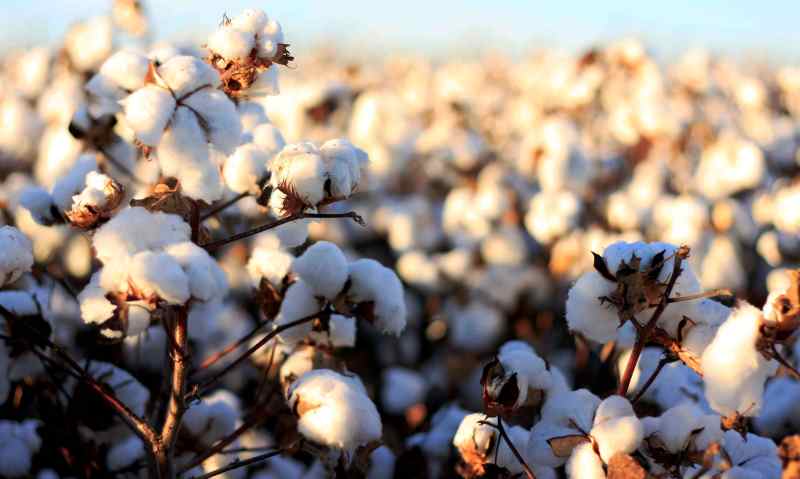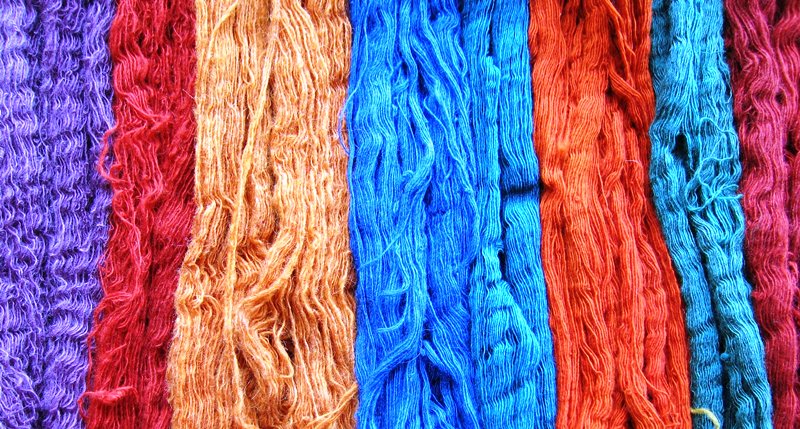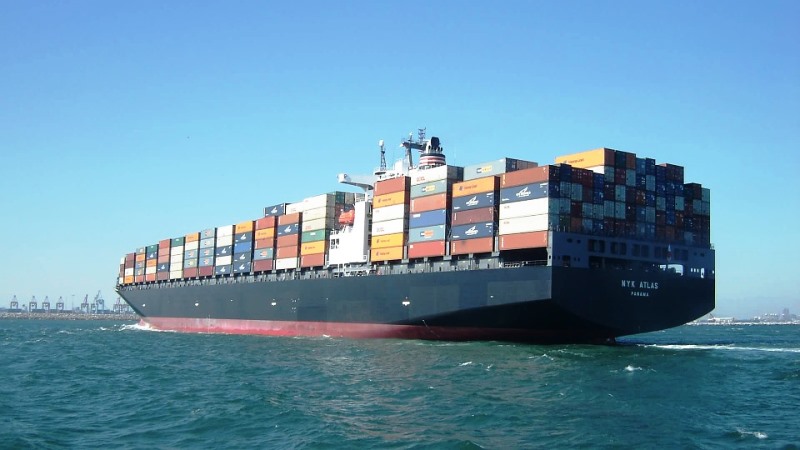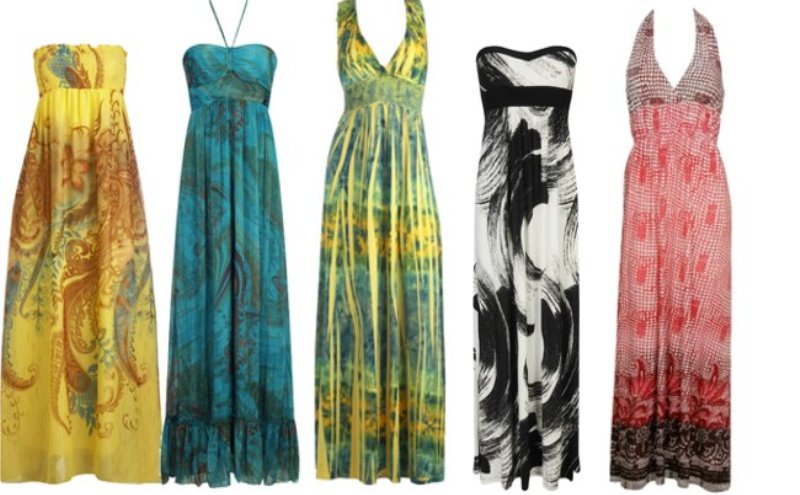“The clothing industry is the second largest polluter in the world … second only to oil… It’s a really nasty business … it’s a mess.”
Fashion is the second most polluting industry, and these are not my words. This is what Eileen Fisher (yes, the clothing industry mogul!) said while receiving an award from Riverkeeper for her efforts to save the environment.

Image source: Google, copyright-free image, under Creative Commons License
Yes, we cannot expect an oil industry magnate to come and talk deprecatingly, if not apologetically, about oil industries, but Fisher critiqued her own industry for the adverse ecological effects it is causing.
Suggested read: Closet Cleaning 101: 10 Questions To Ask Yourself When You Begin To Clear Out Your Closet This Season
Apparel industry killing the planet? Wh-a-a-t?
Usually coal industries, mining industries, and other heavy industries pop into our minds when we think of pollution. We never imagine that the clothing industry could be such a scoundrel.
Fashion is complex. Its carbon footprint is monstrous. That is because, there exist long supply chains of production. It begins with the production of raw materials, then there is the manufacture of textile, construction of clothing, shipping of final products, and retail. We also need to take into account the use of clothes and their disposal, while calculating how contaminating the industry is.
To assess the level of pollution caused by the fashion industry is difficult since there is a wide variety of garments that are produced. However, if one were to calculate the contamination, then it is necessary they also include the pesticides that are used while growing the cotton crop, the poisonous dyes used during manufacturing, and the amount of waste that comprises of discarded garments. One also has to include the amount of natural resources that go into all the aforementioned activities.
While most of us prefer cotton clothes because they are softer and also a smarter choice during summers, very few of us know how thirsty and needy a cotton plant is. You will be shocked to know that manufacturing a tee and a pair of jeans can require more than 5K gallons of water. While other artificial fibers do not consume the same amount of water, they are major pollutants. Also, regardless of which fiber you use, the production and dyeing of fabrics is always chemically demanding.
Globalization has benefited the world, in general, but do you realize that courtesy economic globalization, a garment travels miles in a container ship running on fossil fuels, to reach a different part of the globe?
The contamination that the clothing industry causes does not end with a garment delivered at our doorstep. Even after that, clothes adversely impact the environment. The water used to wash clothes and their final disposal harms the planet too.
Cotton severely impacts the environment

Image source: Google, copyright-free image, under Creative Commons License
Cotton comprises of 2.4 percent of the world’s cropland, and yet it consumes 10 percent of all agricultural chemicals. It consumes 25 percent of the world’s insecticides. Let’s take the case of Uzbekistan, to understand how cotton can ruin the environment of a country. In case you didn’t know, Uzbekistan is the world’s sixth leading producer of cotton. Two rivers, Amu Darya and Syr Darya of Aral Sea in Central Asia were diverted in the 1950s in order to irrigate cotton production in Uzbekistan.
As a direct result of this, there has been a 10 percent decrease in water levels in the Aral today. The sea has become over-salinized. The fisheries, which were dependent on it, have failed. The public health in areas near the Aral is in danger because the dust from the exposed lakebed is settling onto farm fields. This is also polluting the soil.
As the Aral is slowly becoming a dry sea, it cannot effectively moderate the weather of the area around, which results in colder winters and hotter and drier summers.
Let’s talk about dyes

Image source: Google, copyright-free image, under Creative Commons License
For this, we should take the case of Indonesia. With several textile factories on its shores, the Citarum River is one of the world’s most polluted rivers.
Greenpeace states that textile producing industries lined on the Upper Citarum’s shores is adversely affecting the health of 5 million people who live around the river. It is also largely affecting the wild life in and around the river.
When Indonesia’s textile industry boomed, very little attention was given to build a proper system of waste disposal, and so the textile industries dumped their wastes and chemicals into the Citarum. As a result, the river became an open cesspit of heavy metals like lead, mercury and arsenic, and other deadly toxins.
According to the tests conducted by Greenpeace on the discharge from one such textile plant lining the Citarum river, the levels of nonylphenol was extremely high. Just in case you are not aware, nonylphenol is an endocrine disruptor that can wreak havoc on the lives of aquatic animals and plants. While describing this discharge, Greenpeace stated,
“(The discharge is) highly caustic, will burn human skin coming into direct contact with the stream and will have a severe impact (most likely fatal) on aquatic life in the immediate vicinity of the discharge area.”
In case you were thinking the dangers of nonylphenol end there, you should know that the chemical stays on the clothes produced and only comes off after several washes.
Suggested read: 20 Fashion Trends That Will Take 2017 By A Storm
A garment that crossed seven oceans for you

Image source: Pixabay, under Creative Commons License
Developing countries manufacture 60 per cent of the clothes that the world dons. Asia produces 32 per cent of the world’s supply of clothes, and so is the leading exporter of clothing.
These clothing are exported in container ships that run on the lowest grade of fossil fuels. A single ship produces pollutants that can cause both cancer and asthma. To give you a better understanding of how grave the situation is, a single container ship produces the same amount of contaminants that 50 million cars produce in a year.
Also, the containers consume tons of fuel every hour. You don’t even want us to get started about how polluting yet unregulated the shipping industry is!
Can fashion become sustainable?
Every Earth Day I tell myself I am going to buy less clothes, not go on a shopping spree, not complain I do not have any clothes while going out, educate myself about how the clothing industry is the second most polluting industry in the world, and give a priority to ecological fashion brands when purchasing clothes. I say that, and a year rolls by and NOTHING!
Well I am just one tiny person, but it makes me wonder why isn’t the fashion industry doing something about making environment-friendly clothing more popular. Why is eco-fashion a synonym of hippie-fashion? Why aren’t they being able to develop and adopt technologies that will ensure environment protection?
While surfing the internet, I came across three popular ecological brands: Sunad, Where Mountains Meet and Mayamiko.
Sunad, a brand that deals in striped, solid color and floral shirts, was started by Paloma Canut and Ana Marroquín in Spain. In a recent interview, they told vogue,
“We both studied at Parsons, and it wasn’t until we moved back to Spain that we realized the country’s long tradition and history of fashion had been lost due to fast fashion. So we wanted to do something about it and start an ethical brand in Spain.”
But do they think they can compete with their fast-fashion competitors? They candidly say,
“We pay ethical salaries to our manufacturers and source the best-quality fabrics, and we try to keep our prices as low as possible. But it’s impossible to compete with our fast-fashion competitors. Our aim is to raise awareness around purchasing a good-quality garment at a reasonable price.”
Where Mountains Meet, on the other hand, manufactures daywear that’s both artistic and vibrant, and made responsibly. The brand is an ideal example of fashion that is imaginative and minimal. All the products are handmade in India, which makes it earthy naturalist.
According to Genevieve Saylak and Corissa Santos, the owners of the label,
“The business is built on a foundation of incredible product, but we wanted to create a company that does good and allows us to be part of a new generation of responsible, socially conscious designers.”
When asked how they think a fashion brand can ensure that it is shouldering its ecological responsibility, they told Vogue,
“Shopping locally and supporting the local industry are the best things you can do to be a part of the environmental and social responsibility equation.”
Talking about how sustainable fashion has evolved, they told Vogue,
“A few years ago, handmade fabrics and stateside production might not have been selling points for a label. But now, [those things] differentiate our product and are part of our storytelling. People love the history, richness, and small-batch nature of the fabrics we use, and they believe in the high quality of made-in-the-USA products. Eco-friendly and socially conscious brands were [once] generally low-brow, kitschy, and crafty. But so many incredible brands with elevated and sophisticated aesthetics, some even at high-end designer price points, have revolutionized this niche.”
We hope that more clothing brands realize their ecological responsibility, and evolve with the need of the hour to save the planet.
Suggested read: 12 Creative Ideas To Repurpose Furniture And Make Your Home An Up-cycled Haven
We would love to know what you thought about what you just read. Let us know in the comment section.
That’s a wrap on today’s post on how fashion industry is the second most polluting industry after oil industries and how some brands are trying to alter that.
Also, you can sign up for our daily newsletter to receive these articles in your inbox.
See you again tomorrow!
Featured image source: Google, copyright-free image, under Creative Commons License













